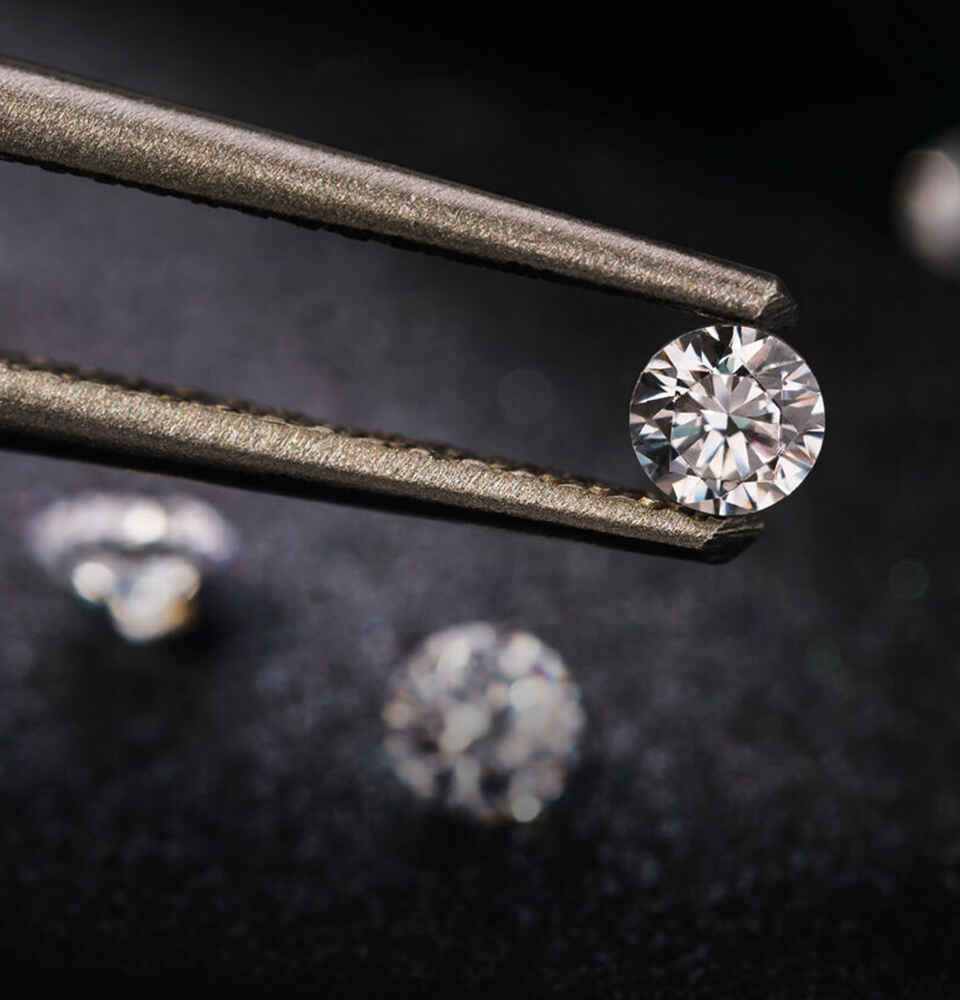There are two simple tips to distinguish between fake and real pearls
Pearls that are not cultured and are created in a natural ecosystem are called natural pearls. Pearls are formed because the mussel wants to defend itself against intruders in the shell. It is assumed that natural pearls are often triggered by larvae or impurities. The mussel forms a mother-of-pearl layer around these foreign bodies, which grows into a pearl over time.
In pearl farming, this "intruder" is inserted artificially, usually using a piece of tissue from a foreign mussel. This is necessary for saltwater mussels as they would otherwise not form a mother-of-pearl layer. This procedure is not necessary for freshwater mussels - which is not yet scientifically explainable. They only form a mother-of-pearl layer with the help of an incision in the mussel tissue and without a foreign piece of mussel.
Cultured pearls are therefore natural products, just like natural pearls. Even professionals find it difficult to recognize genuine pearls at first glance. X-rays can be used to visualize the inner structure of a pearl and thus determine whether it is a cultured or natural pearl.
Artificial imitation pearls, on the other hand, are not natural products and are only created by human hands. Their somatic nature has nothing to do with that of a real pearl. Therefore, they are not only worth less, they also do not exude the magic and luster of real pearls.
Glass or mussel shell powder is generally used in the production of imitation pearls. Special care should be taken with pearls made from ground mussel shells, as synthetic pearls (also known as "MK pearls" or "shellpearls") are often given the names South Sea or Tahiti, but these are not genuine South Sea or Tahitian pearls. The shellpearls are simply made from the powder of mussel shells from these regions.
Tip #1: Rub the pearls together or against your teeth. If the pearl slides over smoothly, it is probably a synthetic pearl. However, if you feel resistance and a rough surface, it is probably a real pearl. This is due to the layered structure of a pearl. The pearl is made up of various hexagonal platelets, the so-called argonite crystals. Under the microscope, slight differences in height are therefore visible between these platelets, which are responsible for the fact that the surface of a pearl is never 100% flat.
Tip no. 2: Look at the luster and color of a pearl. If these are only superficial, it is probably an artificial pearl. With real pearls, the luster and color go into the interior of the pearl. The best way to do this is to hold the pearl up to a light source.
Even if our tips can certainly help you, it is safest for you to consult a specialist. At Brogle, we check your pearls for authenticity and can tell you with certainty whether you have real or artificial pearl jewelry. Simply contact us by phone, WhatsApp or email or visit us in our stores. You can find our contact details here.








